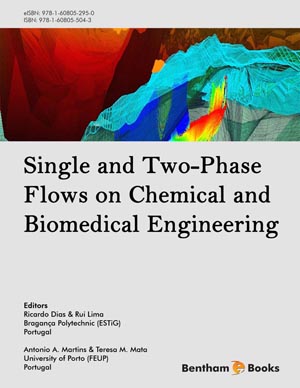Abstract
One of de most important environmental problems nowadays is the abatement of NOx emissions. NOx are involved in photochemical reactions that produce smog and acid rain, and (together with CO2, CH4 and H2O), take part in the greenhouse effect. One of the most efficient ways to reduce NOx emissions is Selective Catalytic Reduction (SCR). In SCR NOx are reduced to N2 and H2O by reaction with ammonia or urea. Ammonia is most commonly used and is the reactant considered in this study. Conventionally, this reaction is performed in steady fixed bed reactors, but there are other reactor types that can be used, including those operating in dynamic conditions, such as Reverse Flow Reactors (RFR). RFR consist of a fixed bed catalytic reactor in which the direction of the inlet flow is reversed periodically. Among other advantages, the periodic change in the inlet flow allows autothermal operation even for weakly exothermal reactions. This study is devoted to the modeling a monolithic RFR used for NH3-SCR. An unsteady one-dimensional heterogeneous model has been developed for simulating the reactor behaviour. The model is formed by differential equations corresponding to conservation equations, applied separately to the gas and solid phases, and algebraic equations used for estimating the physical and transport properties. The model considers internal and external mass and heat transfer resistances, and axial dispersion. Experimental validation of the model allows its use for the optimization of the most important variables that affect the process.
Keywords: Reverse flow reactor (RFR), selective catalytic reduction (SCR), dynamic modeling, NOx abatement, pilot scale reactor, autothermal operation, transient respond method, non-stationary reactors, structured catalysts, greenhouse gases abatement.


